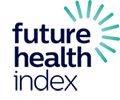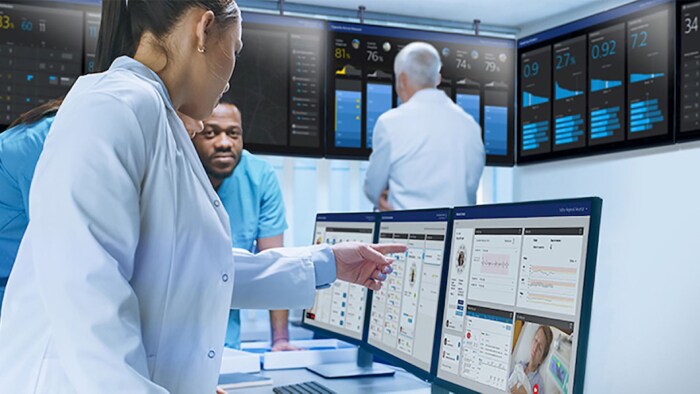Moving the needle on doctor-patient engagement for better health outcomes


Jan 07, 2021 - reading time 5 mins
By Ivy Lai Country Manager, Philips Singapore Ivy Lai is the Country Manager for Philips Singapore. She is responsible for overseeing Philips Singapore’s transition strategy from a consumer electronics company to a leader in health technology.

According to Philips’ annual Future Health Index (FHI) 2019 report, patients are now actively monitoring their health indicators, which can grant better visibility into the underlying factors that affect patients’ health or medical condition. From a healthcare professional’s perspective, how can we leverage this momentum to evolve current practices and unlock a healthier future for populations?
Healthcare beyond treatment and home care Individuals today are tech-savvy, with many using wearables and mobile applications to track their health. These digital health technologies can deepen healthcare professional and patient engagement and play a key role in helping health professionals gain deeper insight on their patient’s personal health data and lifestyle habits for better, more comprehensive diagnoses. In a Singapore-centric example, SingHealth Polyclinics has plans to incorporate telemonitoring into the treatment plan of chronic disease patients to curb rising morbidity and mortality in Singapore's aging population. This will enable care providers to take prompt measures to prevent complications that develop in between visits, which may go unnoticed for patients who rely solely on physical consultations for chronic diseases1. Consumers are ever more engaged – more than half2 of Singaporean respondents said they use digital health technology or mobile health apps to track key health indicators like physical activity, blood pressure, weight, blood sugar levels and eating habits. These devices capture data and provide insights that would have previously only been captured during health check-ups. By granting greater visibility on the wider factors that affect health or give rise to a medical condition, these indicators and insights support prevention or early intervention that can make for a healthier population. It is time to move beyond the traditional view of healthcare at the treatment stage. Active collaboration between doctors and patients for better health outcomes Today, this wealth of digital health insights is an under-tapped and under-utilized resource that could potentially help patients manage their conditions and gain better health. Of the Singaporeans who do track their health indicators, 43% have never shared collected health data with healthcare professionals. For those who have access to their digital health record, less than half rate themselves as proactive when it comes to their health. The need to develop the behavior of reciprocal sharing is underlined by younger healthcare professionals’ confirmation that the data gap hinders potential to improve patient outcomes. Slightly more than half (55%) of younger healthcare professionals do not have enough digital patient data available to influence patient outcomes, according to Philips’ Future Health Index (FHI) 2020 report. Two-way sharing of information is essential to deliver the right care at the right time and to help improve the patient and clinician experience. Reciprocal sharing can be encouraged by granting patient access to digital health records. Individuals were found to be more open to granting healthcare professionals access to their data when they have access to that data themselves, with 84% of the general population with access to their digital health records (DHR) wanting their healthcare professionals to have access too3. Smarter healthcare can only be achieved by redefining the model of care With aging populations and chronic diseases on the rise, healthcare professionals can also play an important role in establishing data-centric habits among older healthcare system users – older patients were found to be more likely to use digital health technologies if recommended to do so by their healthcare professional.
Patient-centered care is often discussed but is not easy to implement because it seeks to alter the traditional style of medicine. We need to make further headway towards a model of care where there is active collaboration and partnership between doctors and patients. By leveraging the resulting insights, healthcare professionals will be able to support preventative health and healthy lifestyles via monitoring and motivating patients to action when needed. Clinical data is more than just information. It is a way for clinicians to improve health outcomes and for health systems to improve operations. We cannot ignore the importance of patient and health care professional engagement if we want to see measurable progress towards achieving the Quadruple Aim in healthcare – better health outcomes, improved patient and staff experience, and lower cost of care.
Share this article
Topics
Read more about this topic
-
![Hospitals of the future: time for Singapore to have a re-design?]()
October 22, 2021
-
![Healthcare ramifications for an endemic virus | Philips]()
July 19, 2021



